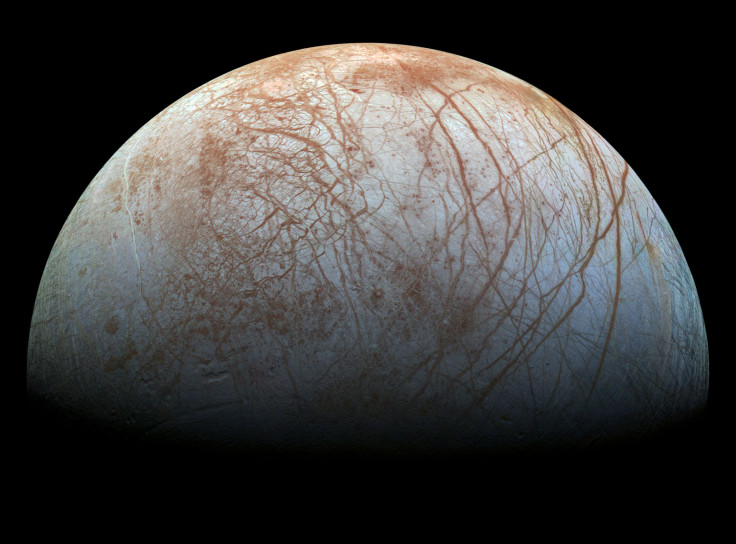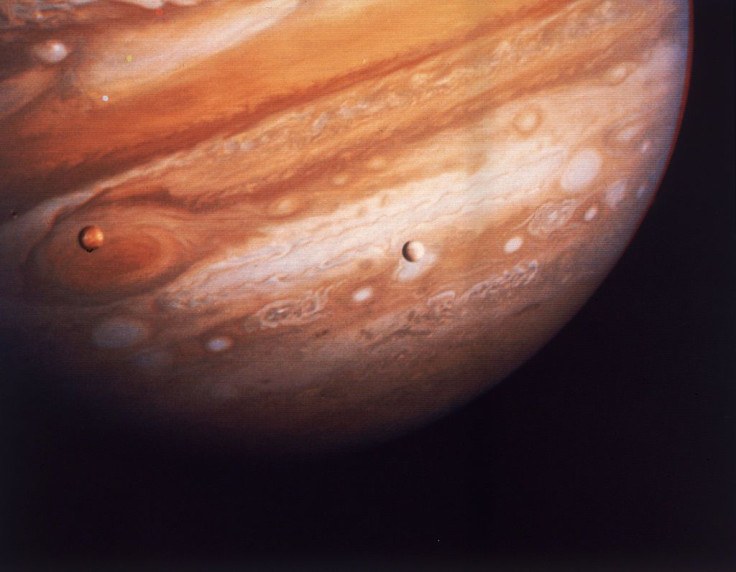NASA's Jupiter Moon Mission May Not Launch In 2023 Despite Billions In Funding

NASA has long been preparing to send spacecraft to Jupiter moon Europa to explore the icy world and possibly find signs of life, but it looks like these missions may not leave the planning stage.
An internal investigation on NASA's upcoming missions has revealed many issues that have arisen during the process of getting the Europa Clipper ready for its planned 2023 launch. Conducted over a period of nine months by the NASA Office of Inspector General, the investigation found that the Europa Lander mission, which is set to launch after the Clipper, is also experiencing a host of technical, financial and scheduling problems.
In a video released with the report, John Schulz, a management analyst at the Office of Inspector General, explained just how dire the situation is with the two NASA Europa missions.
"Our audit found that despite robust early-stage funding, NASA's aggressive development schedule, a stringent conflict of interest process during instrument selection, an insufficient evaluation of cost and schedule estimates, and technical workforce shortages have increased instrument integration challenges and development risks for the Clipper mission," he said.
The Europa Clipper probe is set to orbit one of Jupiter's largest moons for over three years and obtain data about its icy surface and the possible ocean beneath it, according to Space.com. On the other hand, the Europa Lander will be studying the moon's surface and suspected underground body of water with the aim of finding biosignatures.
NASA has been working on the costly Europa missions since 2013, with the Clipper mission alone needing $2.8 billion in budget. Over the course of six years, more than $2 billion has been provided by Congress to see the missions succeed.

But while Congress has given NASA more than the space agency requested every year, it also gave them stipulations, including using the SLS rocket for the launch of both the Europa Clipper and Europa Lander missions. Congress also set the Clipper mission launch date for 2023 and the Lander for 2025.
However, the SLS rocket, with its current design, may not succeed in bringing the Europa Clipper and Europa Lander to space, the investigation found. There is reportedly also the issue of a vital part of the SLS rocket needing 52 months to produce which NASA has yet to put an order in for.
The report also revealed that the missions are experiencing staffing problems, specifically a lack of experts to focus on the Europa projects. Currently, the Europa missions are based at NASA's Jet Propulsion Laboratory (JPL) in California, but many staff members are working on several missions at the same time, forcing them to prioritize on the ones with the closest deadlines.
But while the investigation many issues with the current conditions of the Europa missions, the report also provided 10 suggestions that could improve its preparations and prevent similar problems from occurring again.
Among their recommendations are rescheduling milestones for the mission and reviewing the staffing.
To know more about the investigations' findings, check out the report published online.
© Copyright IBTimes 2024. All rights reserved.





















